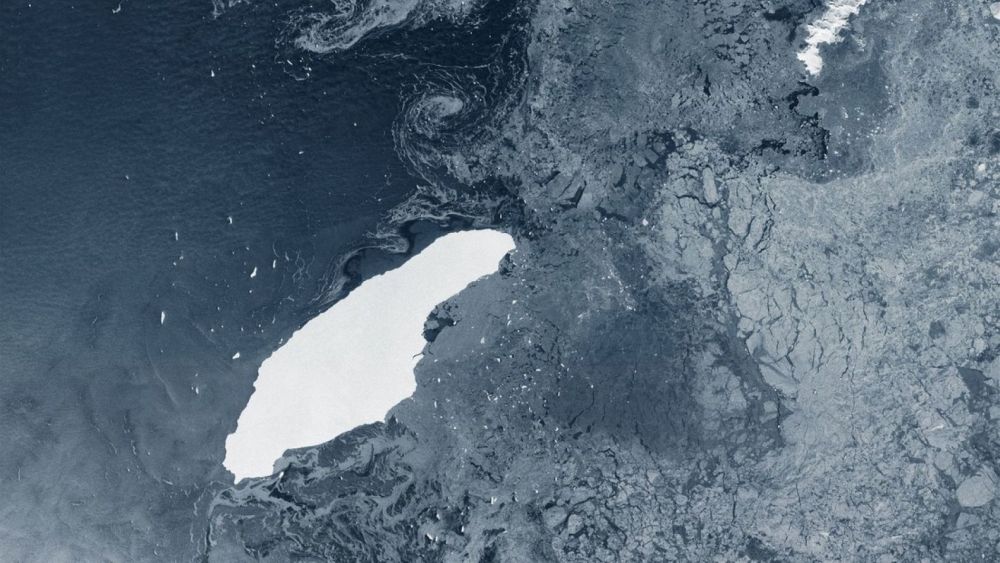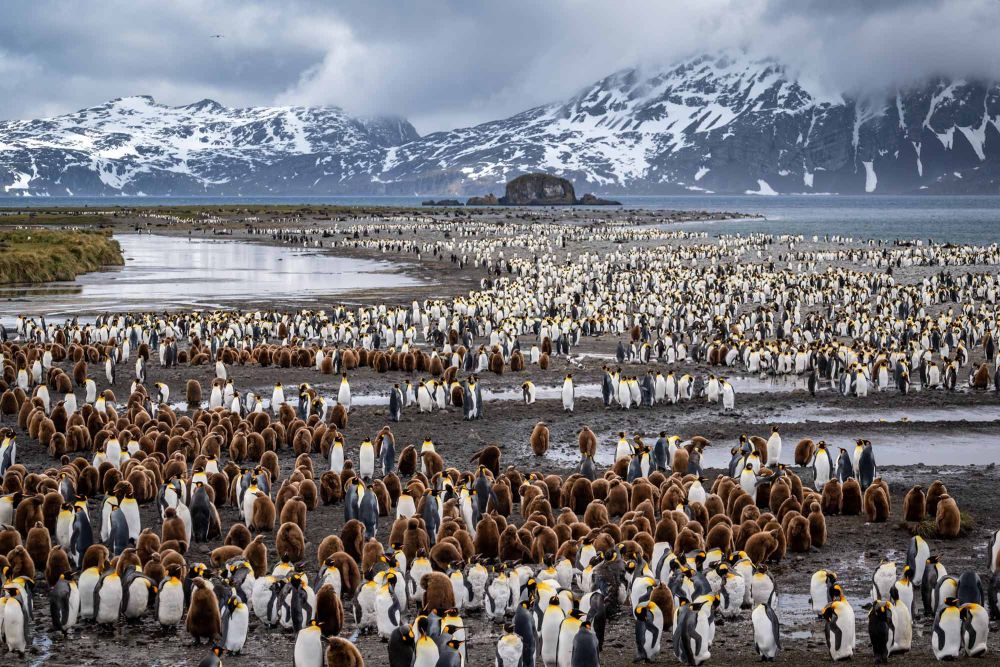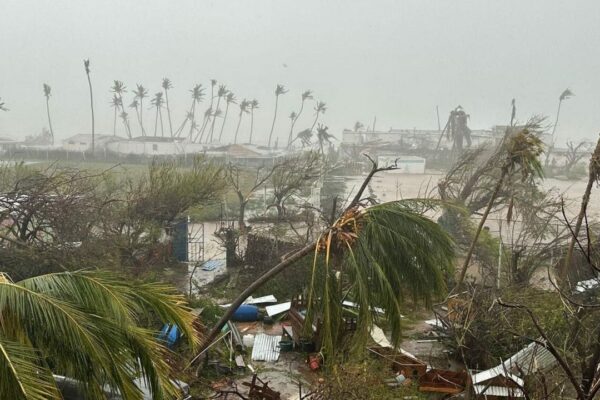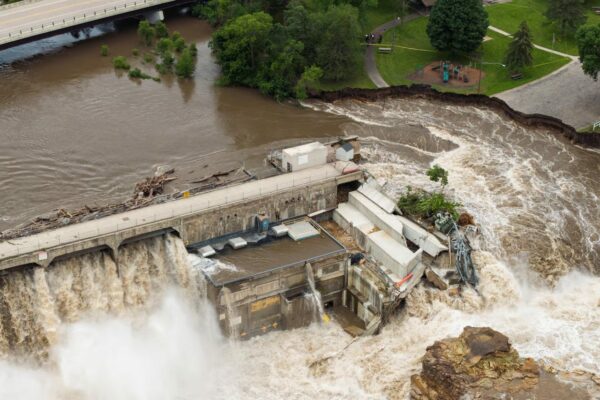Massive Iceberg Heading Toward South Atlantic Island Oasis Could Destroy the Ecosystem
Owing to the increasing global temperatures, icebergs are breaking off and drifting away into the seas. The world’s largest iceberg is en route to the South Atlantic island oasis, posing a potential threat to the rich ecosystem of wildlife including penguins, seals and krill. The “A68a” iceberg, which broke off from Antarctica’s Larsen C Ice Shelf in July 2017, is currently on a collision course through open waters to the British Overseas Territory of South Georgia.
The scientists fear that if the iceberg, which is 4,700 square kilometers (1,815 square miles) in mass – greater than South Georgia itself – remains on its current course and reaches the island’s coast, it could have devastating effects on its wildlife for years.

The A68 iceberg, which is headed toward South Atlantic Island oasis, seen from space in July | Image: CNN
Professor Geraint Tarling, a Senior Biological Oceanographer at the British Antarctic Survey (BAS), said that the iceberg could prevent seals and penguins from being able to access their normal feeding routes at a time of year that is important for the growth of animal colonies.
If they have to make massive detours around the iceberg to make the same trip they normally would, they likely won’t be able to get back in time (to feed their young).
Tarling further added.
The iceberg is moving at a speed of around 1 kilometer per hour, at which rate A68a could reach the British Overseas Territory within three to four weeks if it keeps traveling in a straight line, though it could pursue a more circular path. Given the massive size of the iceberg, it is likely to remain stuck on the island for years, which could potentially cause catastrophic failure to the marine life population. Although the chances of collision are put at 50-50, the island oasis is still in considerable danger.
Approximately 5 million seals of four different species live on South Georgia and the neighboring South Sandwich Islands (SGSSI). The surrounding waters to these islands serve as crucial habitat for migrating whales and diverse fish populations.
As the iceberg will move closer to shore, it will rub against the seafloor, killing off the varied marine life that plays an important role in balancing the global climate. The marine species act as a carbon sink, however, if the wildlife is violated, the carbon will consequently be released into the atmosphere.

King penguins, a species with a bright splash of yellow on their heads, live on the island | Image: Nomadasaurus
Several thousands of King penguins – a species with a bright splash of yellow on their heads – live on the island, alongside Macaroni, Chinstrap and Gentoo penguins. Seals also live across South Georgia, and wandering albatrosses, the largest flying bird species, inhabit the region as well.
Scientists have been following the movement of the A68a since it broke off from the Larsen C Ice Shelf over three years ago. They say that the iceberg has remained surprisingly intact in the open waters and has picked up drastic pace, meanwhile serving as a positive fertilizing element to the oceanic waters.
While in open waters, the iceberg is gathering significant amounts of dust from the atmosphere that acts as an essential nutrient source that the open waters lack. But as soon as it hits the island, it will have the opposite effect.
The consequences of human actions have been destroying various ecosystems for some time now. The persistent global warming, rapidly changing climatic patterns, and polluted air are a few on the top of the list of repercussions of human actions.
Via: CNN


